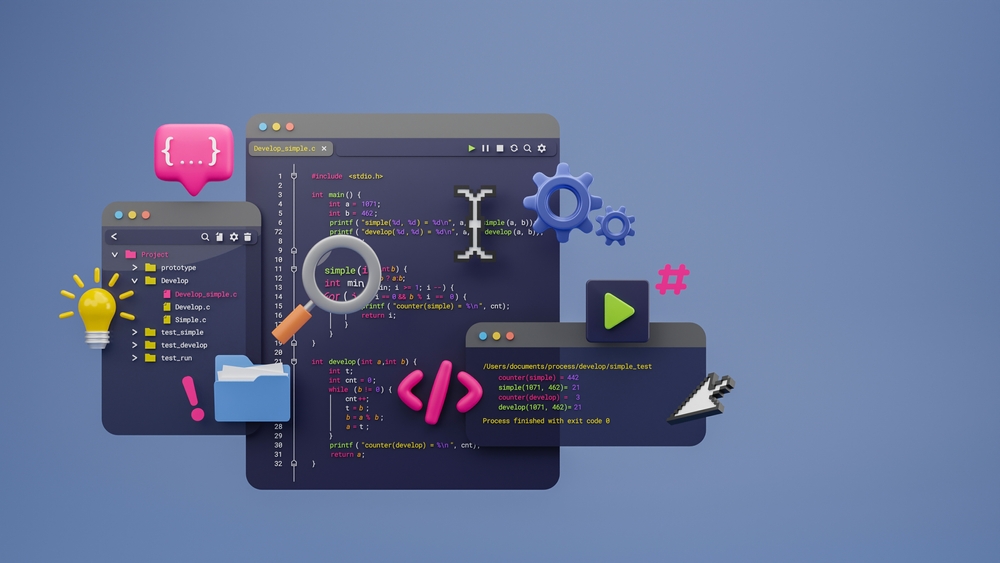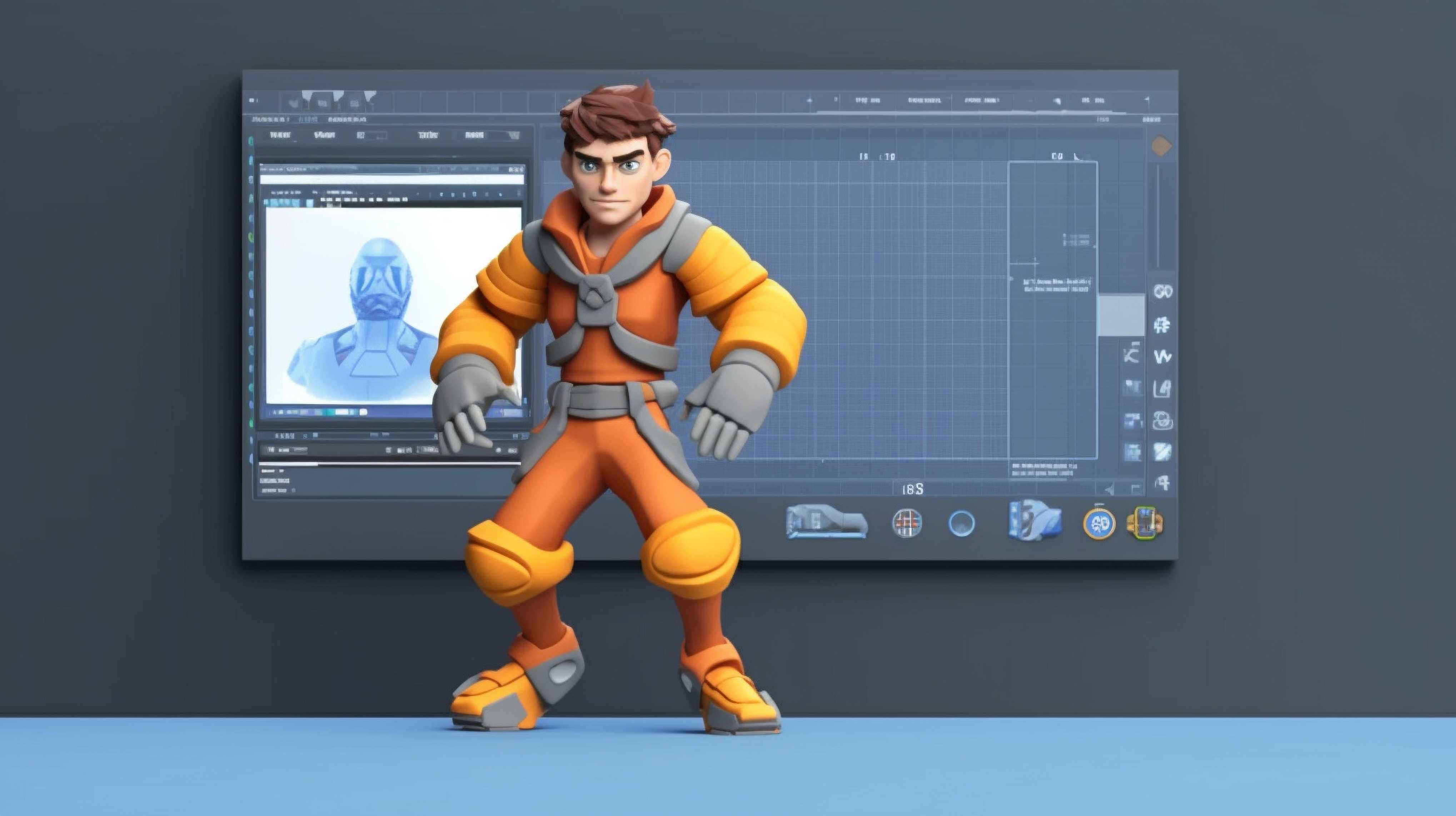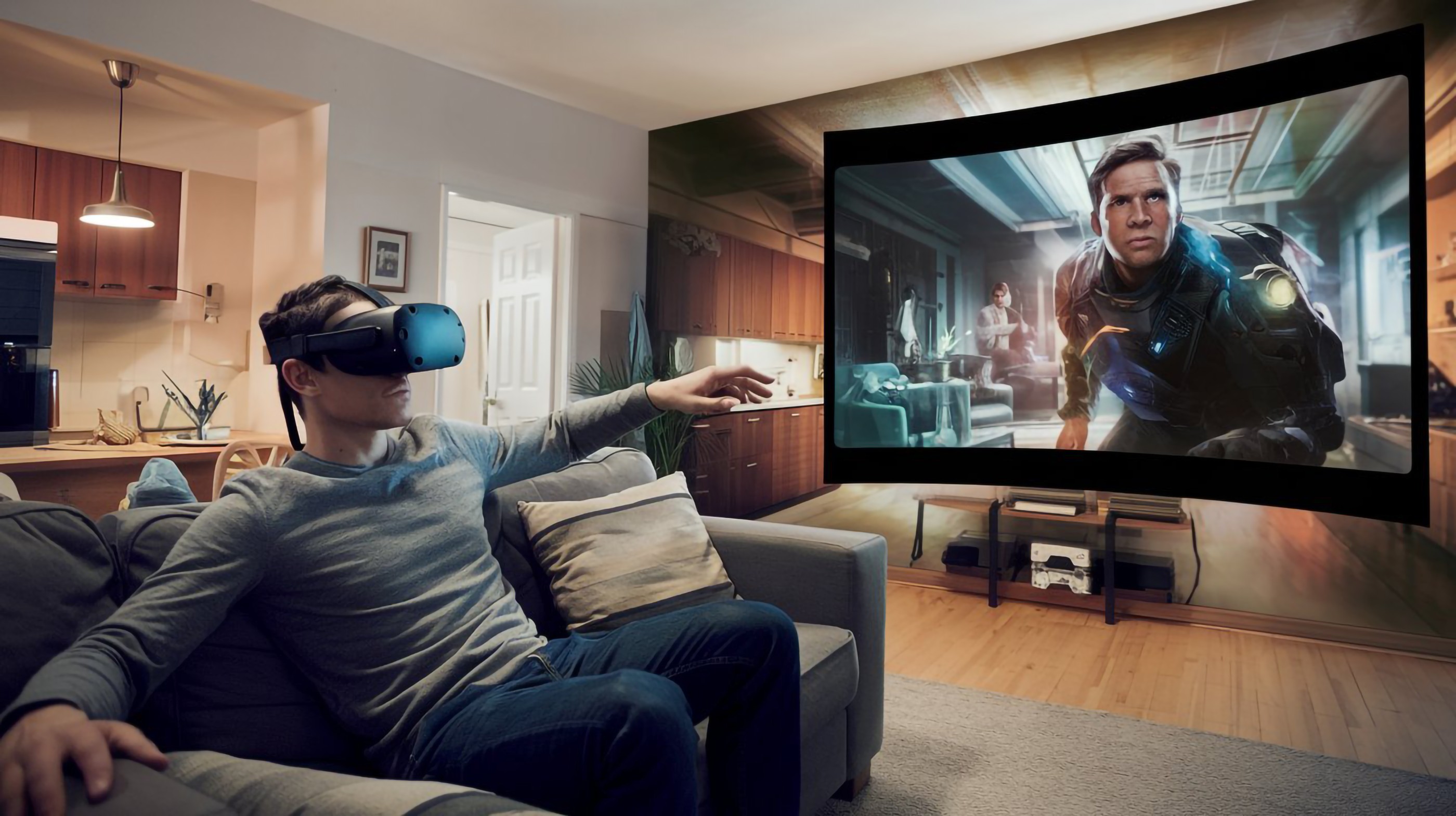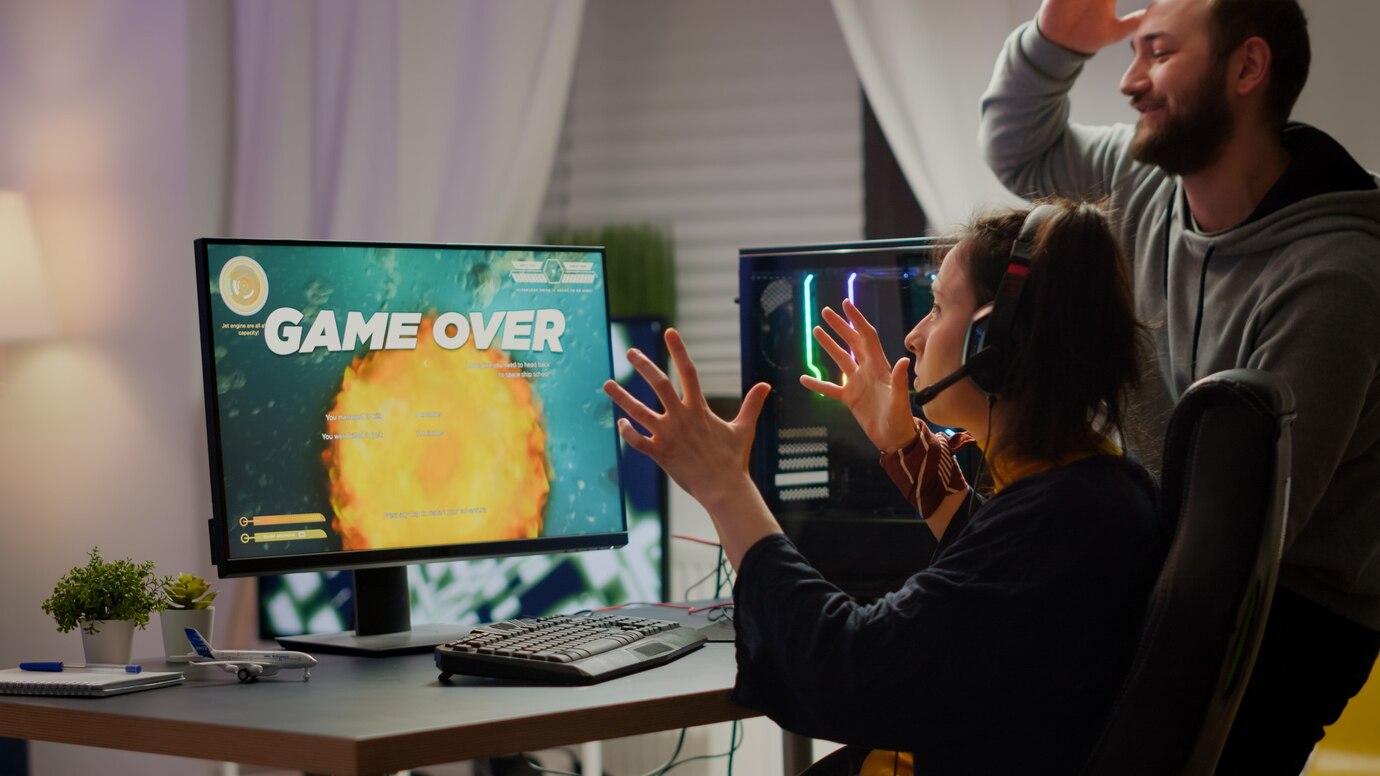Captivating game mechanics, engrossing narratives, and engaging audiovisuals. These aspects of a game are widely celebrated.
But an unsung hero of player retention is the game UX design. A well-integrated, smooth user interface enhances the gaming experience.
With a saturated game marketplace and a fiercely competitive industry, the importance of a good UI cannot be overstated. It offers to be the attraction that sets your game apart from the rest.
As a game UX designer, you are required to go beyond the mere aesthetics of the menus, HUDs, etc. You must anticipate user needs, simplify complex navigations, and delight users at every turn! Every click, swipe, and tap is planned to perfect the user experience.
This guide to game UX design will break down the concept for you. It delivers on the need for UX design, and its components, and puts forth a few case studies that support these points.
Let’s begin with a look at its ingredients.
Elements of Game UI/UX Design
Let’s learn what makes up a good UI design:
- Menus and Navigation: With clear, well-designed menus, it becomes easy for players to navigate the game's features and settings.
- Heads-up Display (HUD): The HUD keeps the player informed of important metrics like health, ammo, and objectives. What is key here is that the HUD should not interrupt the player’s immersion.
- Controls and Input: Regardless of the device or platform, intuitive and responsive controls ensure a smooth gameplay.
- Feedback and Notifications: In-game feedback gives the right direction to the player. As they progress through well-timed feedback, this enhances player engagement and satisfaction.
The Importance of Game UX/UI Design

The benefits of a good game UI/UX design are innumerable. Given this, we have selected a few that we feel will best showcase its importance:
1. User-Centered Design
Keeping the needs and preferences of your players in mind helps create an intuitive UI. With feedback on the users’ pain point, the game devs can keep improving the UI to avoid frustration with the game mechanics.
2. Accessibility
Inclusivity is growing to be an important consideration in game design. Options like colorblind options, adjustable difficulty, remapping controls allow players with different physical and cognitive limitations to share in the gaming experience.
3. Onboarding: Player Retention
The game’s onboarding process introduces the players to the game mechanics, controls, and features.
Avoid making it too long or too information-dense. This will reduce the learning curve and increase player retention.
4. Immersion
A jarring, hard to use UX will instantly break the player’s immersion in the gameplay. They just might quit the game.
The UI must be well-integrated with the game to enhance the player experience.
Related post: Game Design Psychology: Understanding User Behaviour
Case Studies
There are several games that are not just popular for being fun to play but also for their amazing UI design that makes them easy to play:
• Dead Space (2008, EA)
With a well-integrated UI, players can access vital information during the gameplay. This does not break their immersion and keeps the players engaged.
• Overwatch (2016, Blizzard Entertainment)
The game’s UX design is known for being perfect for its genre and theme. It maintains a practical user flow that doesn't get in the player's way.
• Nier Automata (2017, PlatinumGames)
The UI for this game incorporates computer-tech elements like gameplay mechanics, such as the Chip system.
• Destiny (2014, Bungie)
Although it is generally accepted that the game’s UI design could benefit from more visual flair and information presentation, it is acclaimed for being simple and easy-to-use.
A few more game’s with excellent UIs include The Last of Us Part II, Hades, Fortnite, Cuphead, Metroid Prime, Persona 5, The Sims, Disco Elysium, and Astroneer.
Tools and Resources for Game UX Designers

With the increasingly evolving technology, there are a lot of tools that make things easier for game UX devs:
• Prototyping Tools:
• Game Engines:
Game engines come with built-in tools and a large marketplace for assets. This allows the developer to reduce the development time and focus on the creative aspects of the game interface.These include Unity, Unreal Engine, Godot, etc. The choice of the best game engine is always yours to make.
Also read: Godot vs Unity: Picking Your Path in Game Development
• UX Research Resources:
There are online as well as offline communities for game devs. They support each other to overcome obstacles, share experiences, and make resources like tutorials, books etc. more accessible.Conclusion
What is game UX design if not the process of making games easier to play? Several game design principles converge to deliver a UI that’s easy to navigate and enhances immersion for the player.
The game UX design directly impacts the gaming experience, player retention, and ultimately, the game’s success.
A good UI will hit the nail on the head for both the game design and user experience and keep the players coming back for more.









